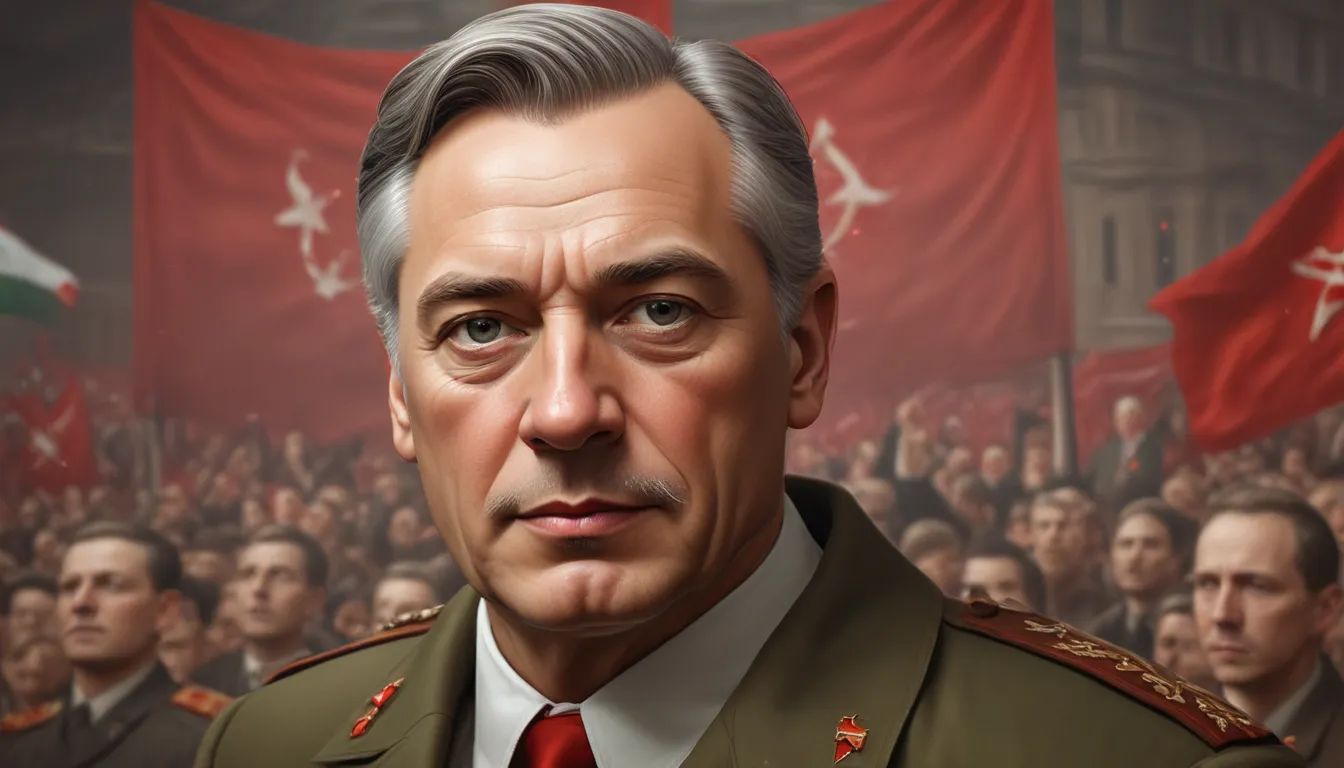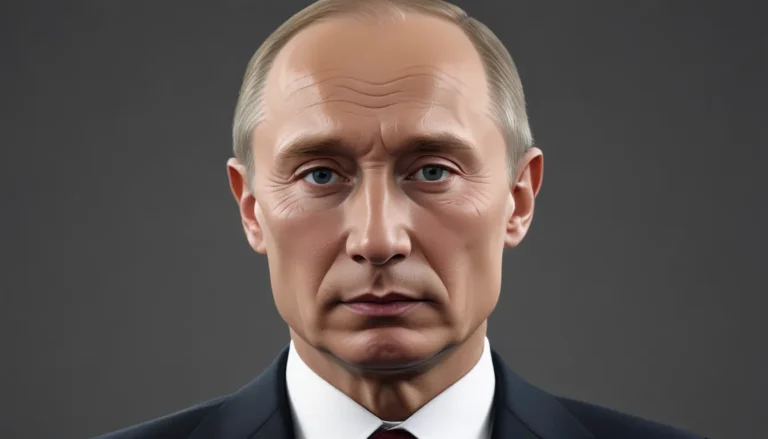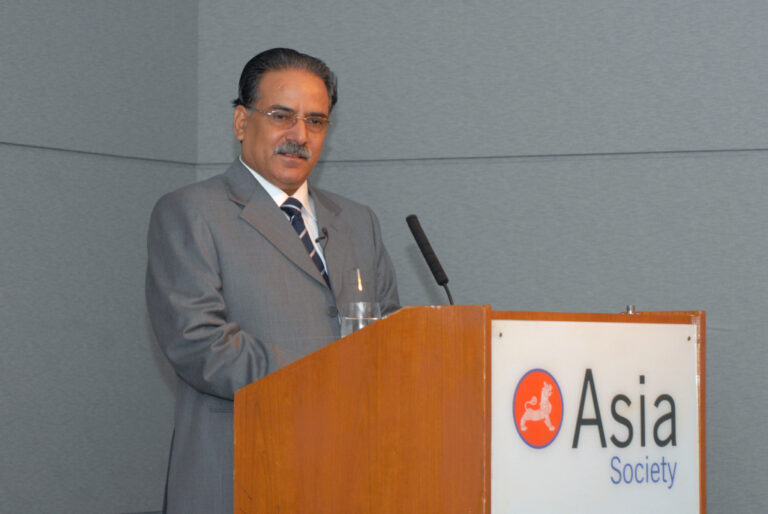The images in our articles may not match the content exactly. They are used to grab your attention, not to show the exact details in the text. The images complement the text but do not replace it.
Welcome to a captivating journey through the life and legacy of Mátyás Rákosi, a prominent figure in the Hungarian Communist Party during the mid-20th century. His rule from the late 1940s to the early 1950s left an enduring mark on Hungary’s political landscape, sparking debates and criticism that continue to this day.
Exploring the Influence of Mátyás Rákosi
Mátyás Rákosi’s tenure as the General Secretary of the Hungarian Communist Party from 1945 to 1956 was marked by strict communist policies and a ruthless suppression of political opposition. Here are some key takeaways that shed light on his controversial legacy:
- Known as “Stalin’s best Hungarian disciple,” Rákosi enforced a Stalinist regime in Hungary, leading to the persecution and imprisonment of thousands.
- His rule was characterized by extensive purges, repression, and the establishment of a brutal secret police force known as the ÁVH.
- Rákosi’s policies resulted in a severe economic downturn, widespread poverty, and strict censorship of the media and freedom of speech.
- Despite his forced resignation in 1956 following the Hungarian Revolution, Rákosi’s legacy continues to be a subject of debate and controversy in Hungary.
Unveiling Mátyás Rákosi: The Enigmatic Leader
Let’s delve deeper into the life and career of Mátyás Rákosi to uncover 11 mind-blowing facts that illuminate his influence and lasting impact on Hungary:
- Rákosi’s rule as the General Secretary of the Hungarian Communist Party was characterized by oppression, censorship, and economic hardship, highlighting the dangers of unchecked power and the importance of protecting democracy and individual freedoms.
- He was a staunch supporter of Joseph Stalin, enforcing strict communist policies and persecuting thousands in an attempt to eliminate opposition to the regime.
- Rákosi established the ÁVH, a brutal secret police force notorious for its repression and brutality, to suppress dissent and maintain control over the Hungarian population.
- His emphasis on heavy industry and collectivization led to widespread poverty and economic instability, causing immense suffering among the Hungarian people.
- Rákosi enforced strict censorship and control over the media, silencing dissenting voices and restricting freedom of speech and expression.
- He built a cult of personality around himself, portraying himself as a savior and infallible leader through propaganda posters and school textbooks.
- Following the Hungarian Revolution of 1956, Rákosi was forced to resign and spent his final years in exile in the Soviet Union, never regaining his previous level of influence.
- Despite his controversial legacy, Rákosi’s influence on Hungarian communism cannot be ignored, shaping the country’s political landscape during the early years of communism.
- Rákosi’s oppressive regime left a lasting impact on Hungary, evoking criticism and debate over his role in the nation’s history.
- Understanding Rákosi’s era is crucial for appreciating Hungary’s past and the resilience of its people in the face of totalitarian regimes.
Unraveling the Controversies Surrounding Mátyás Rákosi
Mátyás Rákosi’s rule epitomizes the dark side of communism during the Cold War era, showcasing the complexities and controversies that surrounded his leadership. From the nationalization of industries to the ruthless suppression of dissent, Rákosi’s regime elicited widespread opposition that culminated in the Hungarian Revolution of 1956.
FAQs: Delving Deeper into Mátyás Rákosi’s Legacy
Let’s address some frequently asked questions to gain a deeper understanding of Mátyás Rákosi’s era and legacy:
-
Q: Who was Mátyás Rákosi?
A: Mátyás Rákosi was a Hungarian communist politician who served as the General Secretary of the Hungarian Communist Party and later as the Prime Minister of Hungary from 1945 to 1956. -
Q: What were Rákosi’s political beliefs?
A: Rákosi was a staunch communist who believed in the ideology of Marxism-Leninism and sought to establish a socialist state in Hungary. -
Q: How did Rákosi come to power?
A: Rákosi rose to power after World War II when the Soviet Union occupied Hungary, playing a significant role in establishing a communist regime in the country. -
Q: What were some of Rákosi’s policies?
A: Rákosi’s policies included nationalization of industries, collectivization of agriculture, and strict totalitarian control, suppressing political dissent and individual freedoms. -
Q: What were the consequences of Rákosi’s rule?
A: Rákosi’s rule led to widespread political repression, economic stagnation, and social inequality, culminating in the Hungarian Revolution of 1956. -
Q: How is Rákosi remembered today?
A: Rákosi’s memory remains divisive in Hungary, with some viewing him as a symbol of oppression and others recognizing his role in shaping Hungary’s history. -
Q: Why is it important to study and understand Rákosi’s era?
A: Understanding Rákosi’s era is essential for comprehending Hungary’s history, reflecting on totalitarian regimes, and appreciating the resilience of the Hungarian people.
Unveil the Legacy of Mátyás Rákosi
Explore the intricate history and controversies surrounding Mátyás Rákosi, delving into the complexities of his rule during a tumultuous period in Hungary’s history. Discover the lasting impact of his regime and the enduring debates that continue to shape perceptions of this enigmatic communist leader.






